Last Updated: 26 September 2025
Poker Cheat Sheet: Your Complete Reference Guide
Here's our ultra-useful poker cheat sheet. This sheet covers terms, hand rankings, odds, positions, actions, starting hand charts, and a printable PDF.
Guides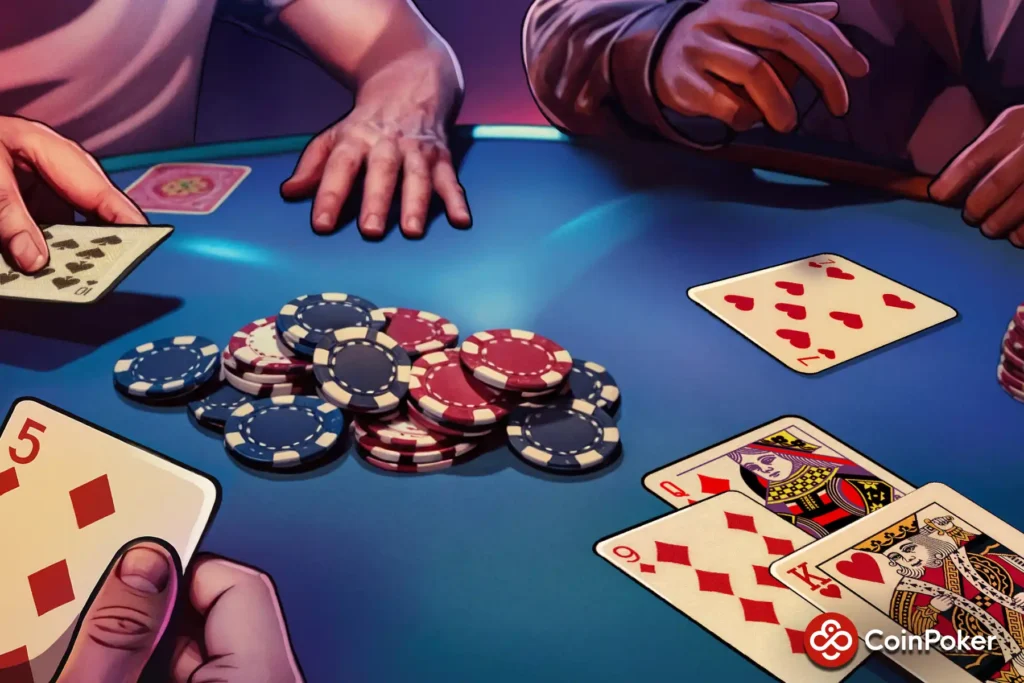
Welcome to your handy guide for all things poker! If you’re new or need a refresher, we have you covered. From understanding the basics of hand rankings to knowing the odds of winning and the importance of position, everything you need to win is right here.
Our poker cheat sheet is available for download below, in case you don’t feel like reading now or are in the middle of a game! Click the download button below for our Poker Cheat Sheet PDF file.
Part 1: Learn Poker Terms and Lingo
Poker is a game with its own unique language and terms. While it may seem overwhelming, this lingo makes a lot of sense quickly and is easy to learn. Below you will find a list of the most used terms and what they mean.
- Action: Something players do in poker during their turn, like a check, call, raise, or fold.
- All-in: When a player bets all their remaining chips.
- Ante: A small, mandatory bet placed by all players before the hand begins.
- Bet: To place the first chips into the pot on a given street.
- Big Blind: A forced bet, usually the size of the minimum bet per hand for that game.
- Bluff: A bet or raise made with a weak hand to make opponents fold.
- Board: The community cards that all players share in games like Hold’em..
- Call: To match the amount of the current bet.
- Check: To pass the action to the next player without placing a bet.
- Community Cards: Cards dealt face-up in the center of the table for all players to use.
- Dealer Button: A marker that indicates which player is the dealer for the current hand.
- Draw: A hand that has the potential to become a very strong one on a later street.
- Flop: The first three community cards dealt.
- Fold: To give up on a hand, forfeiting any chips you’ve already bet.
- Flush: A hand consisting of five cards of the same suit.
- Full House: A hand consisting of three cards of one rank and two cards of another rank.
- Hand: The five-card combo a player uses to win, or the period from deal to showdown.
- Hole Cards: The face-down cards dealt to each player at the beginning of the hand.
- Kicker: An unpaired card used to break ties between hands of the same rank.
- Muck: The pile of folded or discarded cards.
- Nuts: The best possible hand at any given moment.
- Pocket Pair: A starting hand with two cards of the same rank, e.g., two sevens.
- Pot: The total amount of money or chips being competed for in the center of the table.
- Raise: To increase the size of the current bet.
- River: The fifth and final community card is dealt.
- Showdown: When players reveal their hands to determine the winner after all bets.
- Small Blind: A forced bet by the player left of the dealer, typically half of the big blind.
- Straight: A hand with five cards in sequential rank (e.g., 5-6-7-8-9).
- Three of a Kind: A hand with three cards of the same rank.
- Turn: The fourth community card is dealt.
Once you are comfortable with the basics, try them at the tables in our online poker app or desktop platform.
Part 2: Poker Hands Cheat Sheet
Poker is all about the cards you’re dealt and the hands you make from them. The goal is to make the best possible five-card hand. But with so many combinations, how do you know what beats what? It all comes down to a clear ranking system that pits your best hand against the rest of the table.
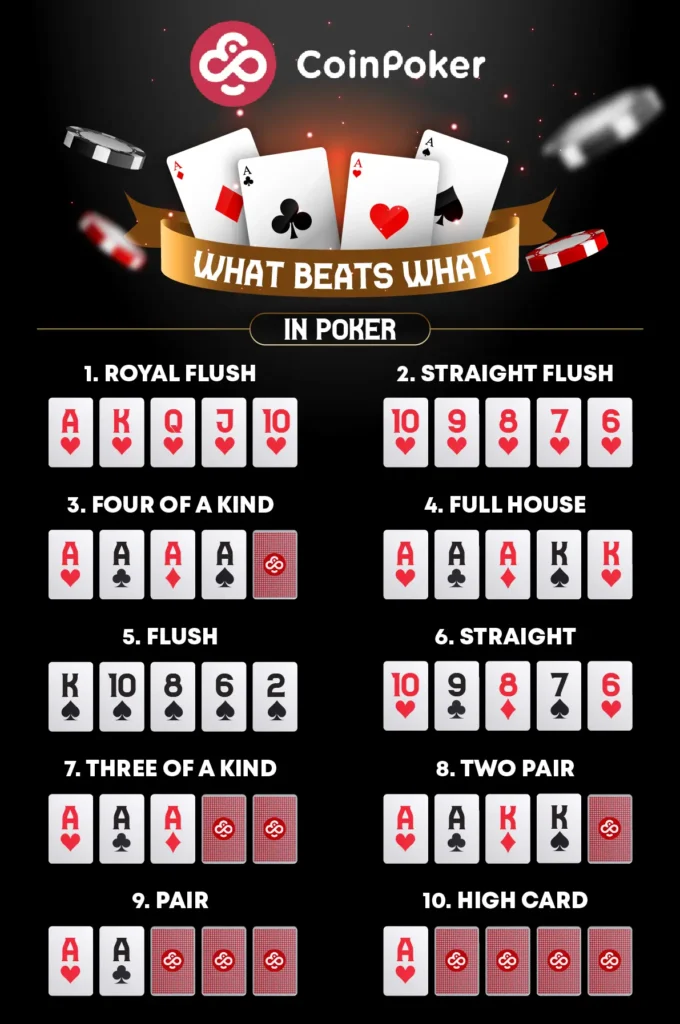
Understanding these hand rankings is the foundation of every poker game, and learning them is the first step to becoming a winning player. Above, we’ve laid them all out for you, from the rarest and strongest hands to the most common. Put these rankings into practice at our crypto casino table games and sharpen your decision-making.
Learn Poker Hand Odds
In poker, understanding the odds of hitting a certain hand is vital for making the right decisions and achieving long-term success. Knowing the probabilities helps you decide what to do and when. This means you know when to bet big, call an opponent, or if you need to fold a strong hand. It’s the difference between guessing and playing with a solid, mathematical foundation.
If you prefer RNG table action while you learn, try Jacks or Better video poker for fast, odds-driven decisions.
It may sound complicated, but here’s a helping hand! Below is a poker odds cheat sheet with some common pre-flop hands and the chances of you making a winning hand.
| Starting Hand | Chance of Being Dealt | Chance of Making Hand on the Flop |
| Pocket Aces (AA) | 1 in 221 | 12% for a Set on the Flop |
| Pocket Kings (KK) | 1 in 221 | 12% for a Set on the Flop |
| Any Pocket Pair | 1 in 17 | 12% for a Set on the Flop |
| Any Two Suited Cards | 1 in 4 | 0.8% for a Flush on the Flop |
| Any Two Unsuited Connectors | 1 in 5 | 1.3% for a Straight on the Flop |
| Ace-King Suited | 1 in 331 | 0.8% for a Flush on the Flop |
| Ace-King Offsuit | 1 in 110 | 1.3% for a Straight on the Flop |
Part 3: Actions and Betting Rounds in Poker
In poker, an action is any decision a player makes during their turn. These choices include:
- Fold: To give up on a hand, forfeiting any chips you’ve already put into the pot.
- Check: To pass the action to the next player without placing a bet, only possible if no one has bet on the street.
- Bet: To place the first chips into the pot during a betting round.
- Call: To match the amount of the current bet or raise.
- Raise: To increase the size of the current bet, forcing other players to either match the new amount or fold.
Mastering these actions is essential, as each choice can have a huge impact on the outcome of the game.
Now that you know the basic actions, we’ll guide you through the different betting rounds in a typical poker hand. We’ll show you how to navigate each stage, from the pre-flop to the river, and help you to develop a strong strategy.
The Preflop Round – Get Involved or Fold
The pre-flop round is the first stage of a poker hand, and your first chance to gain an advantage and build the pot. This round is all about making your first decision: do you want to play this hand or not?
- Blinds: The small blind and big blind are placed to start the pot.
- Action Begins: The player to the left of the big blind chooses to call, raise, or fold.
- Take Turns: The action moves clockwise around the table, and each player acts.
- Round Ends: The round ends once all of the players have either folded or bet.
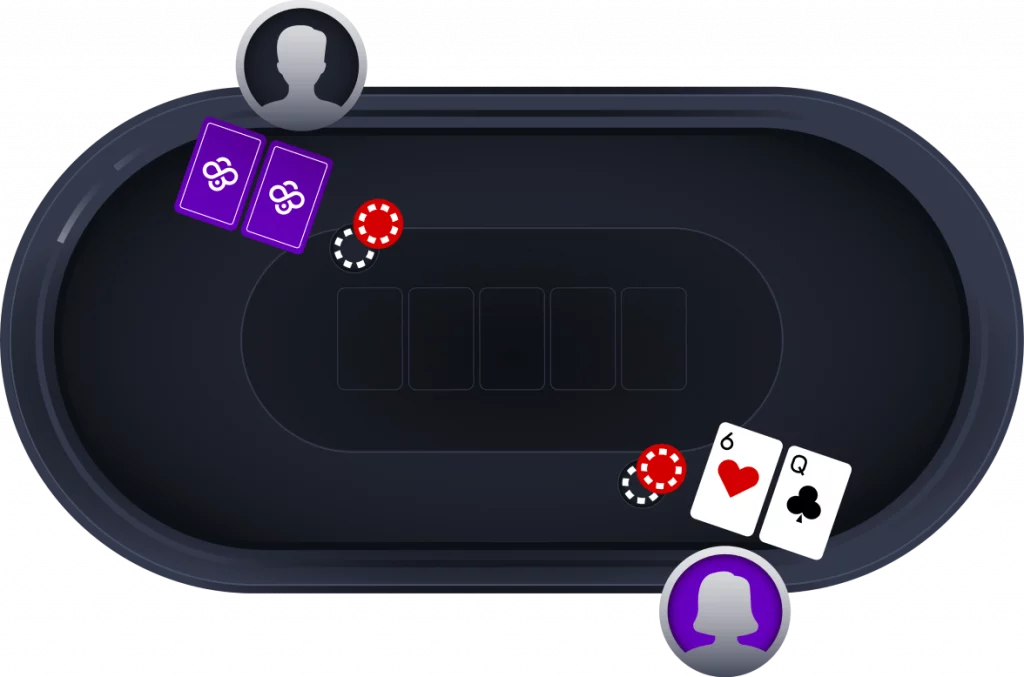
The Flop – The First Three Community Cards
This is the second round of poker games, where the real action begins. The dealer burns (discards) the top card of the deck and deals three face-up community cards. The aim is to make your best five-card hand, and that begins here.
- The Flop: The first three face-up community cards are dealt.
- Betting Round: The action starts with the active player to the left of the button.
- Options: Players have the option to check, bet, raise, or fold, and continue the betting.
- Round Ends: The betting ends when all players either fold or match the pot.
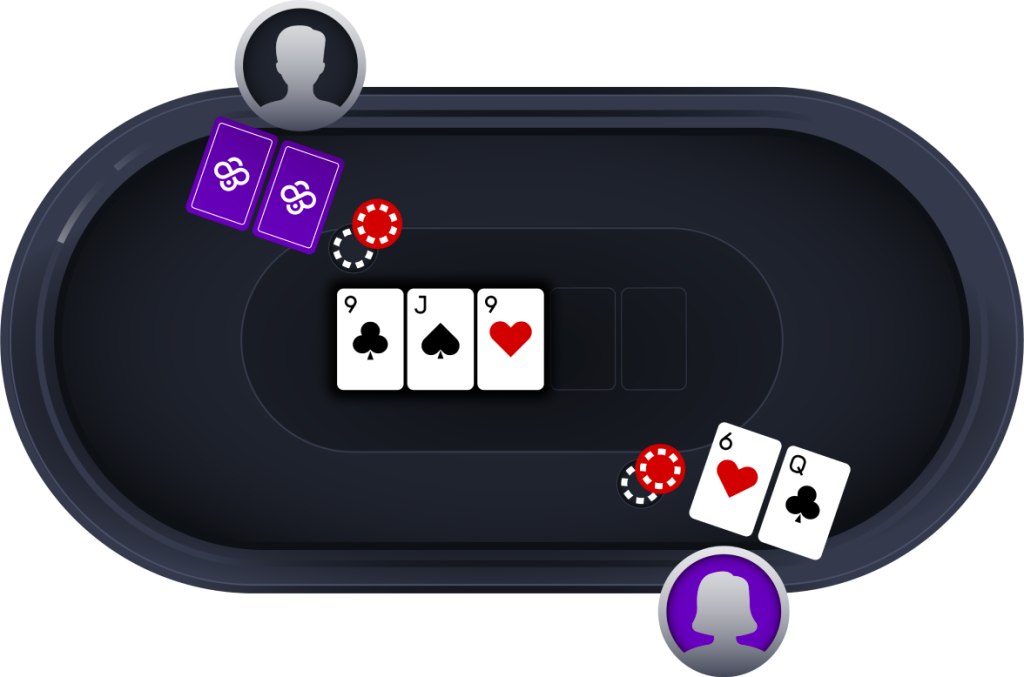
The Turn – One More Community Card
The turn is the fourth community card, and the third betting round. This round is crucial as it often solidifies your hand, but there’s still one more card coming. On the turn, you have a good idea of what your potential final hand is.
- The Turn: The dealer burns a card and reveals a fourth community card.
- Betting Round: The betting continues, following the same way as the flop.
- Round Ends: The round ends when all players either match the pot of fold.
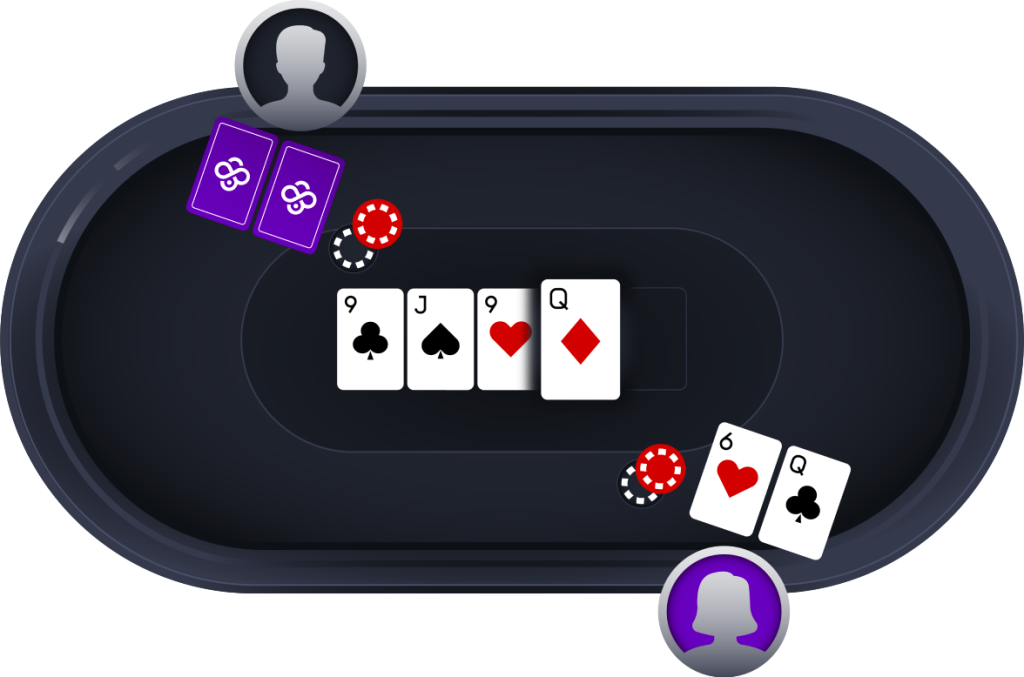
The River – The Fifth and Final Community Card
This is the final community card and the last round of a poker hand. It is the moment of truth, where you know what your hand is and you can see its full potential. The river is a crucial round of betting (or bluffing) to try and win that pot.
- The River: One final burned card and the reveal of a final fifth community card.
- Final Bets: This is the last chance for players to bet, raise, or fold.
- The Action: Any active players left continue to bet until wagers are matched or they fold.
- Round Ends: The hand ends, and it’s time to find the winner.
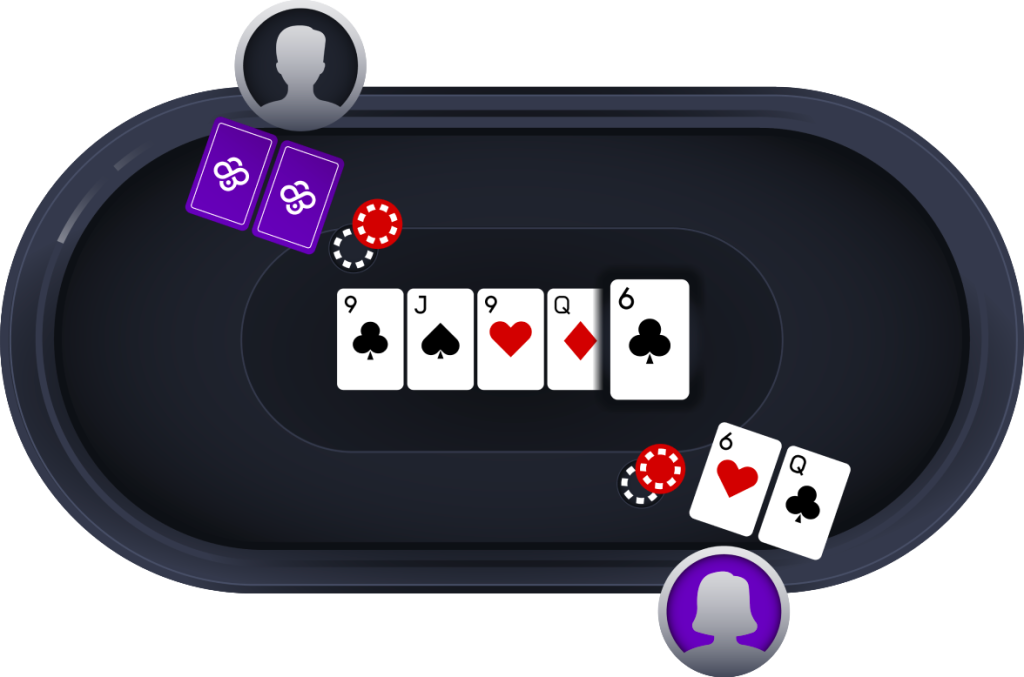
Showdown – Compare Hands and Find a Winner
This is the most thrilling part of a poker game, the final showdown, where players reveal their final hand. This is where your strategy, bluff, or plain luck decides if you’re walking away with the final pot.
- Reveal Hands: Each hand is laid out, starting with the last player to bet or raise.
- Hand Rankings: Check off the players’ cards against hand rankings.
- The Winner: See who wins the showdown, and declare them the winner of the hand.
- End the Round: The winner claims the pot, the table is cleared, and you begin again.
Part 4: Poker Positions
Understanding where you’re sitting at the table is a critical poker skill, and it can change how you play every single hand. Known as ‘position’ in poker, this means where you are seated compared to the dealer button. It determines when you act in a round; the further from the button you are, the later you act. This gives you more information and lets you assess the table and opponents better.
Let’s take a look at the different poker positions and how you can play from each different spot.
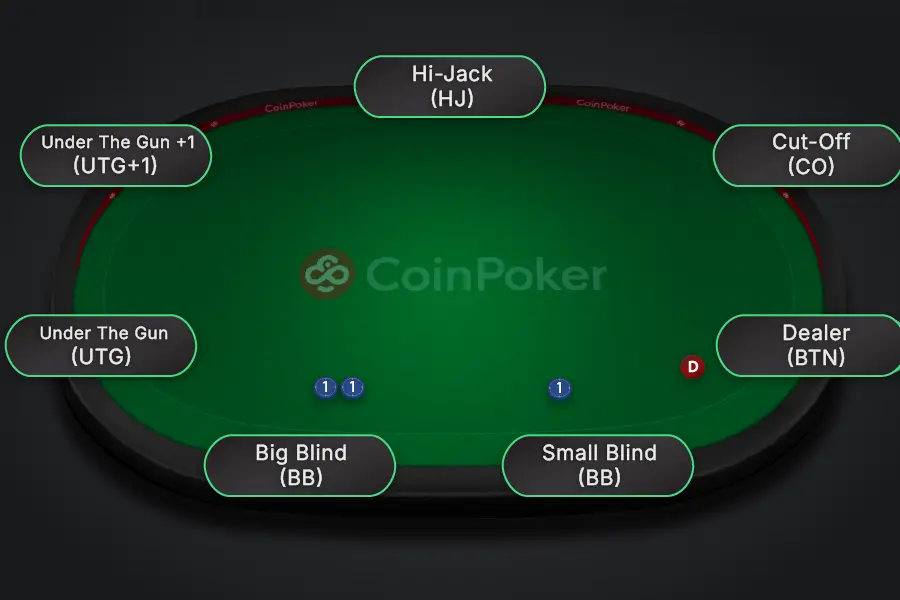
6 Handed and 9 Handed Poker Positions
There are standard position names for both 6-handed and 9-handed poker, all of them relative to the button. Let’s break it down:
6-handed poker positions
- Small Blind (SB): The player to the left of the button, posting the forced small blind.
- Big Blind (BB): The player to the left of the SB, posting the forced big blind.
- Under the Gun (UTG): The first player to act pre-flop, also known as the Lojack (LJ).
- Hijack (HJ): The player to the left of the UTG / Lojack.
- Cutoff (CO): The player to the right of the button is in a powerful position.
- Button (BTN): The best position on the table; they act last in every round post-flop.
9-handed table poker positions
- Small Blind (SB): The player to the left of the button, posting the forced small blind.
- Big Blind (BB): The player to the left of the small blind, posting the forced big blind.
- Under the Gun (UTG): The very first player to act pre-flop. This is the worst position.
- UTG+1: The player to the left of UTG.
- UTG+2: The player to the left of UTG+1.
- Lojack (LJ): The player to the left of UTG+2.
- Hijack (HJ): The player to the left of the Lojack.
- Cutoff (CO): The player to the right of the button.
- Button (BTN): The last player to act after the flop.
How to Play Every Position in Poker
Mastering poker position is about understanding when and how to play your hands. The range of hands you can play effectively depends on your position, with drastic changes from SB to BTN. We’re going to break down the strategy from each position, from tight early spots to the most flexible end places.
hThe small blind and big blind are unique, challenging positions to play from. You have to act first after the flop, turn, and river, with some of your chips in the pot, putting you at a disadvantage.
- Small Blind: You must act before everyone else pre-flop, and then you’re second in the following rounds. This makes it hard to play a wide range, as you’re constantly having to think fast and first.
- Big Blind: You act last on the pre-flop, so you can see what everyone else is doing, but you’re first on every street. You can defend with a slightly wider range, as you have a small discount on calling a raise.
Under the Gun is the worst position at the table as you first act pre-flop. This means you have no information about what other players are going to do. Playing from this position requires a very tight and strong hand selection.
- Tight Range: You should only play your best hands from UTG, such as high pairs (A-A, K-K, Q-Q), and premium strong cards (A-K suited).
- The Danger of Position: The players who act after you have a significant advantage, as they can use information to their benefit. Because of this, it’s wise to fold most of your hands when playing from UTG.ey
Early position includes the seats right after the big blind. These are the most difficult spots at the table because you are among the first to act pre-flop. You have to decide the majority of the players, with no information on what they will do.
- Tight Play: You must play a very tight range of hands from early position. This means folding a lot of hands that you might otherwise play from a later position.
- Information Disadvantage: The key disadvantage is that players who act after you can see your bets and raises, which is a clear signal of strength.o
The middle position is where you start to gain an advantage over early position players, but before the late position players; these seats include the Lojack and Hijack. While you can play more hands, you must still be aware of the players behind you in late position.
- Wider Range: You can widen your hand range a bit compared to the early position, but you still need to be cautious.
- The Power of Information: If an early position player has raised, you have a better idea of their hand’s strength. If they’ve folded, you have a better chance of winning the blinds.
The Cutoff (CO) is one of the most powerful positions at the poker table. Sitting to the right of the dealer button, you act late in every betting round. Your position allows you to make informed decisions and apply pressure to players in the blinds and early positions.
- More Range: From the Cutoff, you can significantly widen your hand range. You get to open with many more speculative hands, as you have a good chance of stealing the blinds.
- Beware the Button: Your main concern is the player on the button, who acts after you. They can sometimes re-raise you with a wide range of hands.
The Button is the best and most profitable position at the poker table. This player is the last to act on every post-flop betting round, giving them a massive advantage.
- Act Last: You get to see what everyone else has done before you have to make a decision. This allows you to bluff more and steal blinds with a wide range of hands.
- The Best Range: You can play with one of the best ranges. With so many players having already folded, you have a high chance of winning the pot without a fight.u
Part 5: Starting Hand Charts for Different Positions
Having a solid starting hand poker cheat sheet is one of the most important tools for new players. While it’s tempting to play every hand, the most successful players only play hands that have a good chance of winning. The position you sit at the table should change the hands you choose to play.
Below you will find a quick guide that will provide you with easy-to-read charts. These show which hands to play from early, middle, and late positions, helping you build a strong foundation for your game to improve your win rate.
Starting Range of Pairs and Suited Hands
To help you get started, we’ve created a simple chart of solid starting hands, including pairs, suited hands, and position. These rules aren’t set in stone, but they are a great starting point for beginners.
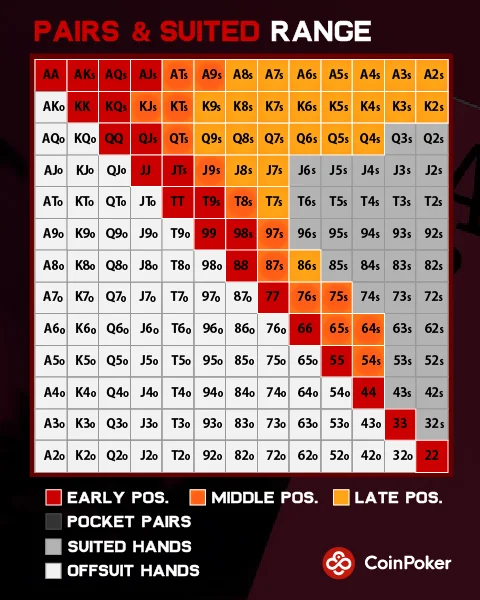
The chart above provides a clear visual guide on which hands to play, and shows that you can be looser with your hand selections in later positions. Focus on playing fewer hands but playing them aggressively when you are in early position, and be more selective when in the blinds. This strategy can help you avoid mistakes early on.
Starting Range of Unsuited Hands
While suited hands are what you want, many unsuited hands can be played for a profit, especially from a late position. The following chart breaks down which unsuited hands are strong enough to enter the pot, from different positions at the table.
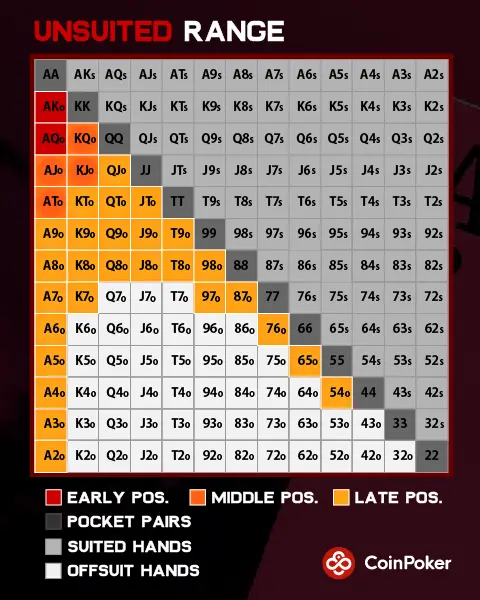
This chart shows you which unsuited hands generally need to be stronger than their suited versions. As with all ranges, you can play more of these hands as you move from early to late position. Remember that when your hands are unsuited, they have less potential to hit a flush, so they need to be strong enough on their own.
Part 6: Fundamental Poker Strategies to Level Up Your Game
Once you understand the basic rules of poker, the next step is to build yourself a winning strategy. It’s more than simply knowing the hand rankings and betting rounds; you need to understand how to use those to your advantage.
We’ve got a few tips for you that cover essential strategies. These will help you move from a beginner to a more confident and profitable player. Learning these concepts will allow you to read opponents better, manage your bankroll, and make smarter decisions at the table.
Specialize in a Poker Format
Focusing on one specific poker format is a key strategy for long-term success. Instead of being a jack of all trades, choosing a specialty allows you to master the nuances of a single game. This will lead to more profitable decisions and a deeper understanding of the game.
This dedicated approach gives you a massive edge over opponents who play a variety of games without mastering any of them. Explore these popular poker formats and find the one that suits your style: Texas Hold’em, Pot Limit Omaha, and 5-PLO.
Useful Tips for Cash Game Players
Cash games are played with chips that have a real money value, allowing you to buy in and leave at any time. This is a good way to learn with a small bankroll and get some practice against real players.
- Bankroll: Be disciplined with your money. Only play with funds you can afford to lose, like low-stakes tables.
- Table Selection: Don’t be afraid to leave a table if the players are too strong; look for weaker opponents to maximize your win rate.
- Stack Size: Be mindful of both your stack; a high roller deep stack allows for more creativity, while a short stack forces you to play more aggressively pre-flop.
Useful Tips for Tournament Players
Tournament poker is a game of survival where players compete, often for a larger prize pool. Unlike cash games, you pay a single buy-in for a fixed chip stack and play until you have all the chips.
- Patience is Key: Tournaments can be long. You don’t need to play every hand, especially in the early stages.
- Blinds Matter: As the tournament progresses, the blinds and antes increase, forcing you to play more hands and be more aggressive.
- Stack Size: Your chip stack relative to the blinds dictates your strategy, like a small stack requires you to play more aggressively.
Learn About Value Betting and Bluffing
Betting in poker isn’t just about having a strong hand. You can use your chips to maximize your winnings or deceive your opponents. The two core betting strategies you must master are value betting and bluffing. Practice value-heavy lines on recreational tables or switch pace with Ethereum blackjack to reset between sessions.
- Value Betting: This is when you bet with a strong hand, hoping to get called by a weaker hand. The goal is to extract as much money as possible from your opponents.
- Bluffing: Bluffing is the art of betting with a weak hand, hoping your opponent will fold. This is a crucial skill for winning pots you couldn’t win at showdown.
Figure Out Correct Bet Sizings
Bet sizing is a fundamental skill in poker that involves choosing the right amount to bet to maximize your results. Your bet size should depend on your objective: are you trying to get value from a strong hand or bluff your opponent into folding?
- Consistency: Use a consistent bet size, often based on a percentage of the pot, like a half-pot or two-thirds pot.
- Bet for Value: Size your bets to get called by weaker hands.
- Bet to Bluff: Size your bluffs to look credible without risking too many chips.
For live-dealt rhythm and pot-sized decisions under time pressure, try our live casino blackjack tables.
Manage a Bankroll
A poker bankroll is the total amount of money you have put aside for playing the game. This covers your cash games and tournament buy-ins. Proper bankroll management is the most essential skill to learn, and it ensures you can keep playing without going broke.
For beginners, this is a vital skill to learn because it protects you from the swings of the game. By following a clear plan and never playing with money you can’t afford to lose, you can navigate the ups and downs of poker and enjoy the game for years to come.
Apply the Poker Cheat Sheet and Practice Playing
Now that you have the tools for success, from understanding betting rounds to maximizing your chips, it’s time to play. Poker is a game of patience, strategy, and skill, and this poker cheat sheet PDF provides everything needed to start.
Sign up to Coinpoker, head to a table, remember your position, and apply the starting hand charts. Using this information gives players a clear advantage, and now you have a better chance to win.
FAQs
A cheat sheet is a quick guide to poker rules, rankings, and strategies.
You can download our full poker cheat sheet PDF here.t
Yes, our poker cheat sheet PDF is designed to be easily printed.
Yes, they are legal for casual home games, but are generally banned in casinos.
Use it as a quick reference to make better decisions during a hand.
Explore More
Announcements
Read recent announcements from CoinPoker about new games, ambassadors, and changes to our platform.
8 PostsGuides
The go-to resource for mastering poker with expert tips and strategies. Our guides will elevate your poker skill level.
60 PostsNews
Find the latest poker news and latest CoinPoker Newsletters. Get updates about games, promotions, and crypto news.
92 PostsPromotions
Find the latest coinpoker promotions here. Explore the crypto poker world with the best poker promotions available.
1 Post
















